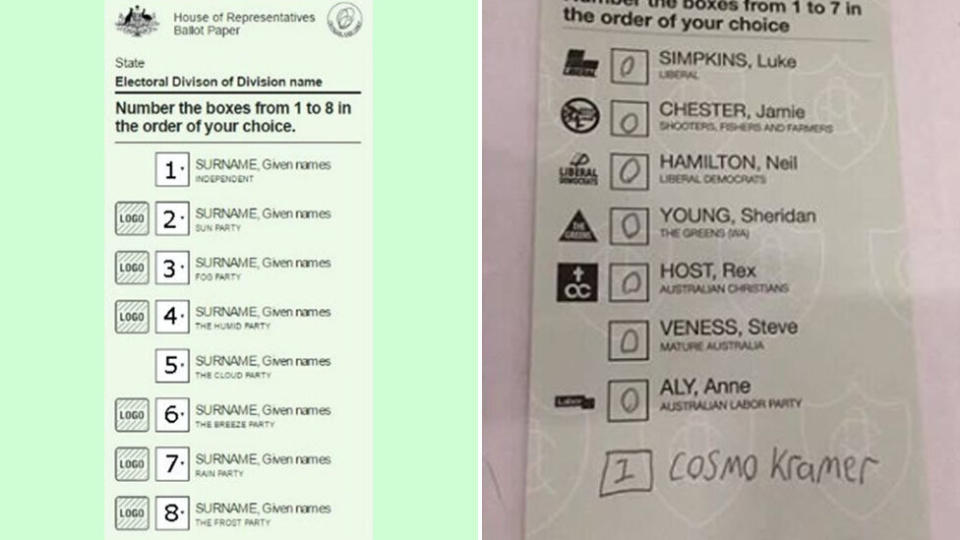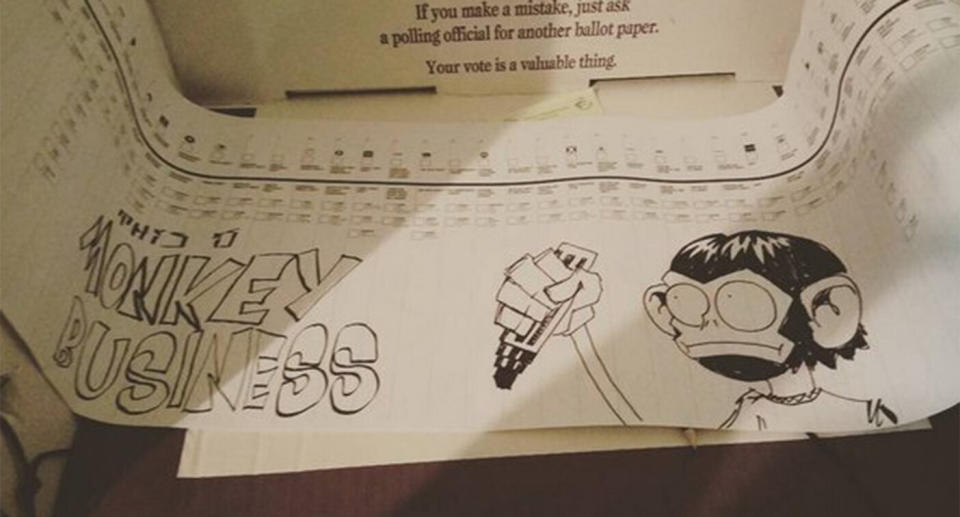Federal Election 2019: The 'donkey votes' made in protest that will still count
Those wishing to make a protest vote at the polling booths on Saturday have been put on notice by the Australian Electoral Commission (AEC) that there is one type of ‘donkey vote’ that will be counted.
While most voters are keen to have their say during the federal election, some people have announced on social media that they plan to submit a donkey vote.
The reason is either because they don’t support any of the candidates or they are confused by all the political chatter and can’t decide who to vote for.
What is a donkey vote?
Self proclaimed donkey voters usually opt for one of two ways to vent their election frustrations.
The first type of donkey vote is when a voter ranks candidates in order of the position they appear on the ballot paper, starting with number one placed next to the first name.
The reason politicians often argue over who gets the top spot is because many people choose to vote this way in a compulsory election.
The AEC describe this vote as ‘formal’ and it counts.

The second way people donkey vote is by scribbling insults, notes or drawing images on ballot papers. The AEC describe this vote as ‘informal’ and it doesn’t count.
The AEC also considerers a vote informal when the ballot paper is left blank or the ballot paper identifies the voter.
However voters choose to mark their ballot papers, every vote is scanned because the AEC assumes all voters intended to vote following the instructions listed - in other words they trust that you want your vote to count.
Received postal votes stuff today. All candidates so uninspiring. #donkeyvote
— Justin Flynn (@justin1flynn) November 19, 2014
Ballot papers assessed for ‘intent to vote’
For a vote to count it needs to be deemed ‘formal’ and the AEC will make sure it meets the established guidelines.
The intention of the voter needs to be identified by interpreting the marks on the ballot paper - so even if you don’t have the most legible handwriting, a trained AEC employee will do their best to make sense of it.
And according to the AEC, all their employees must sign a declaration of political neutrality.
If it looks as if the voter has attempted to make a formal vote - it will be counted if it’s decided the intention of the voter was clear.

The numbers in each square must be part of a series and if one number can’t be identified clearly, the AEC may consider it as missing - In other words if you are instructed to number all of the available boxes in order of preference, you must number all of the boxes clearly for the vote to count.
If all this has confused you and you’re concerned your vote won’t count, the AEC recommends that voters “Follow the instruction displayed at your polling booth and/or on your ballot and practice voting on the AEC website” before you submit your registered vote.
Polling booths open around the country at 8am on Saturday and can be found at local schools and halls.
Do you have a story tip? Email: newsroomau@yahoonews.com.
You can also follow us on Facebook, download the Yahoo News app from iTunes or Google Play and stay up to date with the latest news with Yahoo’s daily newsletter. Sign up here.



